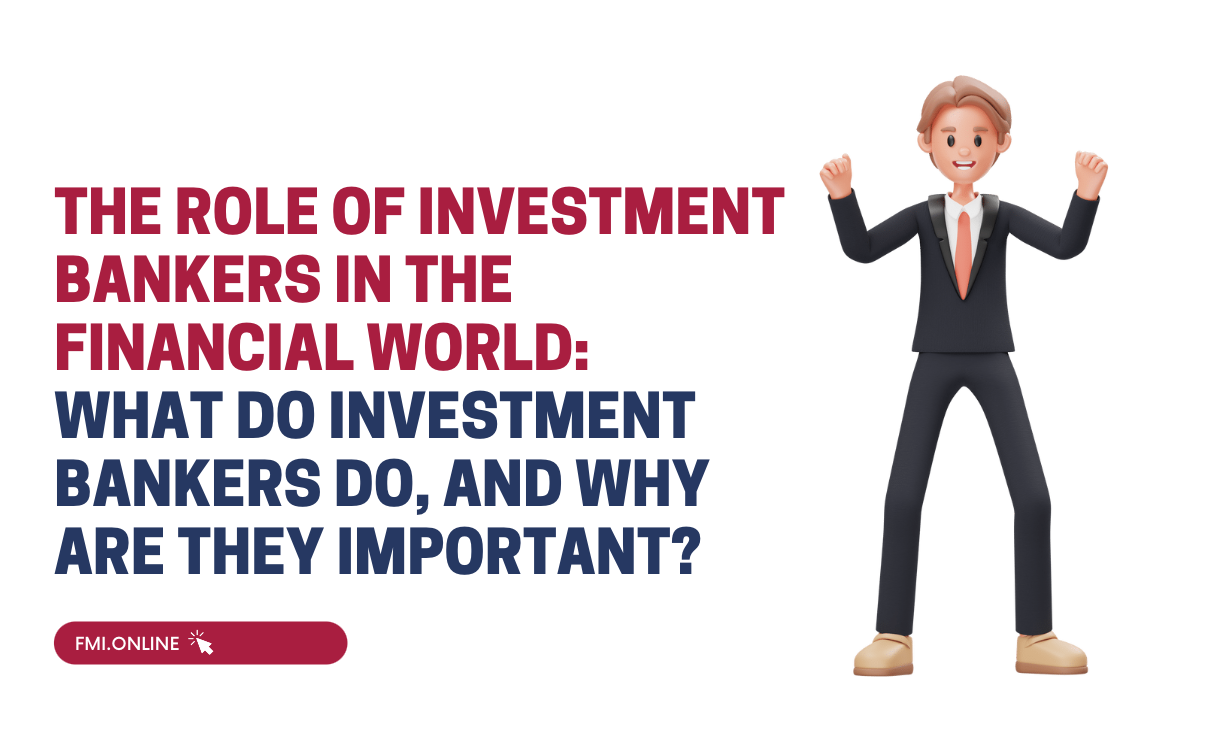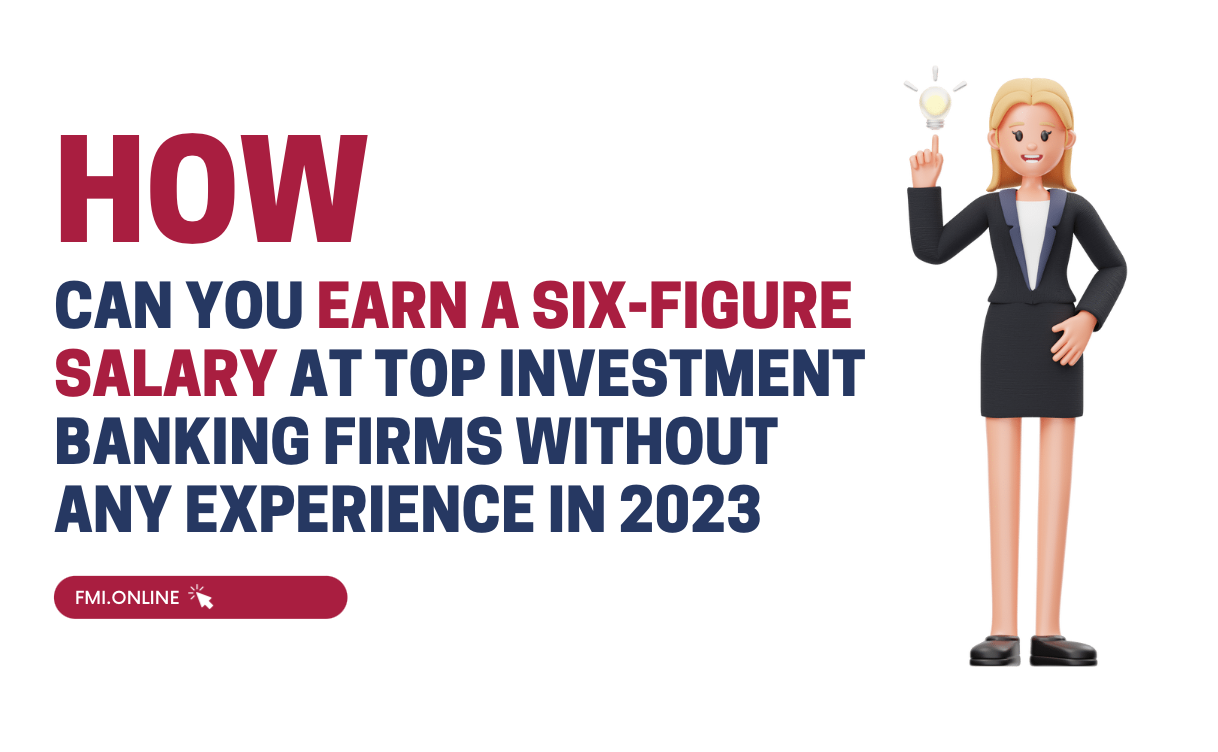Mezzanine finance is a hybrid form of financing that combines debt and equity. After a certain time has passed, the lender has the option to convert the loan (debt) into an equity share in the company. This form of financing can fetch higher returns for investors than typical debt, often paying between 12% to 20% a year. The typical timeframe for mezzanine financing is five years or more.
It is typically used during acquisitions and buyouts and for the expansion of established companies rather than for raising funds for start-up or early-phase financing. Mezzanine financing is also a way for companies to accumulate funding for specific short-term projects. In terms of risk, mezzanine finance exists midway between senior debt and equity, hence the name “mezzanine.”
Since mezzanine finance is not extremely well-known and carries some level of risk, a few myths surround this method of financing. Let’s understand and explain what these myths are:
Myth 1: Mezzanine Finance is Too Risky for Financially Testing Times
Since the control lies primarily with the lender, many believe that if a company is undergoing financially turbulent times, mezzanine finance can be tricky. Yet, it typically has a 7-8 year maturity period. This not only keeps the lenders at ease but also allows senior management the time to solve financial issues. This form of finance also lies below senior debt from a hierarchical point of view and does not require amortisation before maturity.

Myth 2: Mezzanine Finance Means Higher Cost of Capital
Equity is considered the most expensive source of capital in which shareholders have to give up control. Hence, since mezzanine finance is only part equity, it is lower in risk compared to pure equity capital. This makes mezzanine debt a lucrative method for raising capital. The best mix is for companies to use the right combination of senior debt, mezzanine debt, and equity to bring down the cost of capital and increase asset returns.
Mezzanine financing can in fact be useful in getting access to more capital without having the business be undercapitalized.The interest payment on mezzanine funding is also tax-deductible.
Myth 3: Mezzanine finance is an Unsafe Investment Avenue
From the perspective of investors, mezzanine finance is an extremely attractive and safe option. The investor can turn the debt into equity if the company becomes highly profitable. This gives them access to the company’s monetary benefits. On the other hand, if only the debt part of mezzanine finance continues, even then the lender has access to regular interest payments.
Limitations of Mezzanine Finance
Although mezzanine financing has a range of benefits, it does come with its set of limitations as well. For example, since these loans are unsecured, meaning not supported by collateral, the rate of interest on them is higher than bank loans and can go up to 20% per annum. Further, the due diligence process requires a long time from the lender’s end as they need to thoroughly evaluate a company’s financial position. This may also include presenting elaborate financial documentations, regulations, etc., which may not be ideal for many companies. Lastly, if the business fails to deliver on its obligations, lenders may have additional protections requiring a company to give up major control as equity.
Conclusion
As an investment banker or if you aspire to be one, it is vital to understand the various forms of financing that exist for your clients. Since there’s a high chance that you will work in mergers & acquisitions or buyouts, you must be well-versed in the various forms of financing, and mezzanine finance is one of them. To understand other methods of fundraising as well as mezzanine finance further, you can avail this detailed course on Investment Banking.












 60+ hours
60+ hours 9 courses
9 courses



